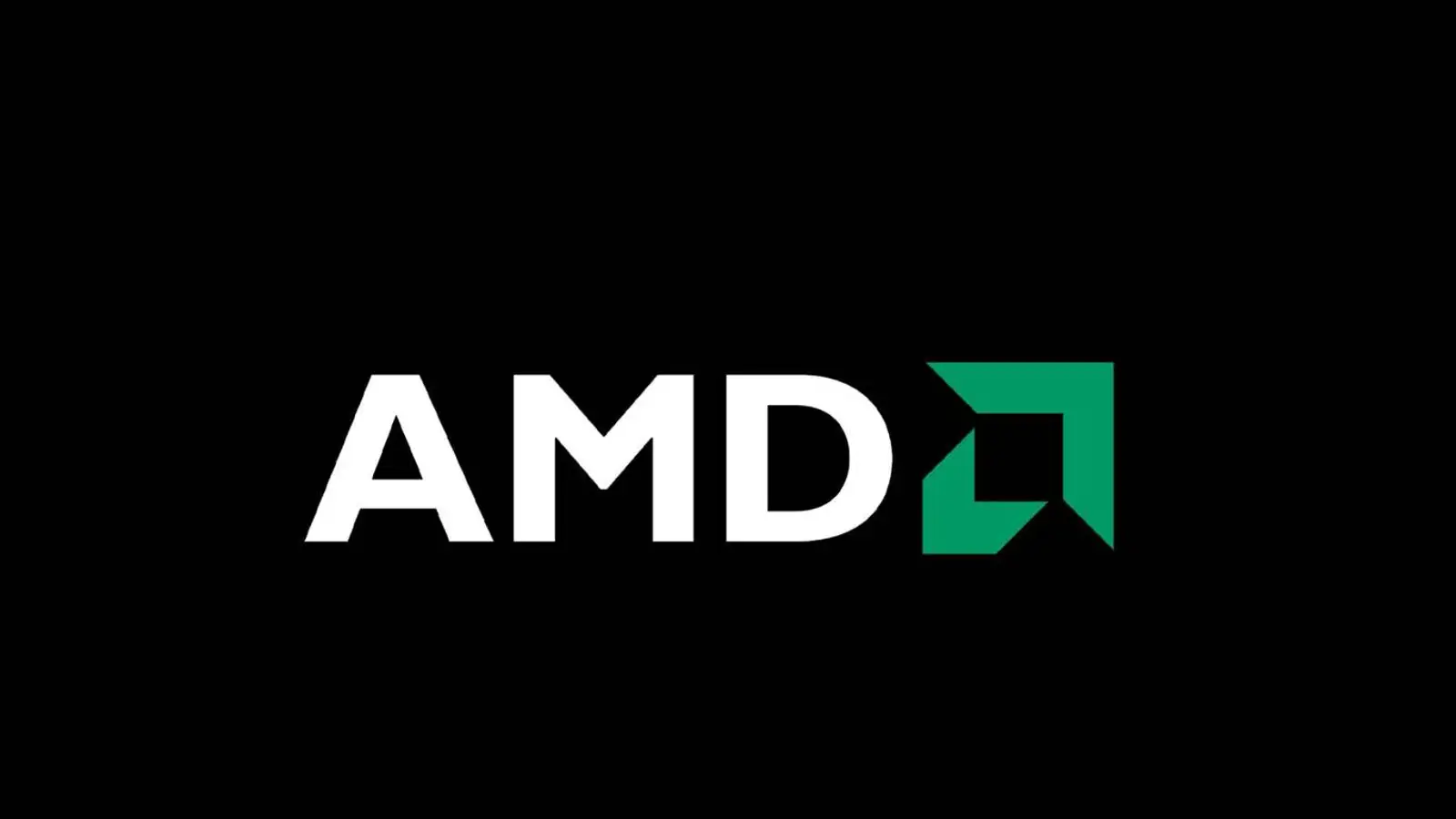AMD Ryzen 10 and Ryzen 100 explained: a pragmatic Zen2/Zen3+ rebrand
AMD debuts Ryzen 10 and Ryzen 100 as rebranded Zen2 and Zen3+ lines for budget and mainstream laptops, unifying naming while risking more buyer confusion.
AMD debuts Ryzen 10 and Ryzen 100 as rebranded Zen2 and Zen3+ lines for budget and mainstream laptops, unifying naming while risking more buyer confusion.

© RusPhotoBank
AMD has officially unveiled new processor lines, Ryzen 10 and Ryzen 100—essentially rebrands of existing models built on the Zen3+ and Zen2 architectures. The refresh is intended to tidy up the company’s chip-naming scheme—though many would say it risks adding even more confusion—by unifying laptops and desktops under a single brand with new indices.
The Ryzen 10 series targets budget devices like Chromebooks and entry-level laptops. These chips are based on the Zen2 (Mendocino) architecture and come with integrated Radeon 610M graphics. For instance, the Ryzen 3 30 and Ryzen 3 40 are quad-core parts supporting LPDDR5 memory and feature graphics with two compute units.
By contrast, the Ryzen 100 family is built on Zen3+ (Rembrandt) and aimed at mainstream devices. Its flagship, the Ryzen 7 170, slots between the Ryzen 7 6800U and 6800H. It’s an eight-core, 16-thread processor with a 28-watt TDP and Radeon 680M graphics. The lineup also includes Ryzen 5 150, Ryzen 5 160, and Ryzen 7 160, all using the same 6 nm process and FP7r2 socket.
In essence, AMD has given older SKUs a second life, changing names and packaging more than the silicon. In its compatibility charts, the company splits the stack like this: for mobile devices—Ryzen AI 300 (Zen5), Ryzen 8000 (Zen4), Ryzen 100 (Zen3+), and Ryzen 10 (Zen2); for desktops—Ryzen 9000 (Zen5), Ryzen 7000 (Zen4), Ryzen 5000 (Zen3), and Ryzen 4000 (Zen2).
All told, Ryzen 10 and Ryzen 100 aren’t new architectures; they act as a bridge between generations, letting AMD keep a broad range across price tiers. It’s a pragmatic move that keeps shelves stocked, but it also asks consumers to read the fine print. Observers note that this approach deepens the naming maze: buyers now need to track not just model numbers but the underlying architecture.